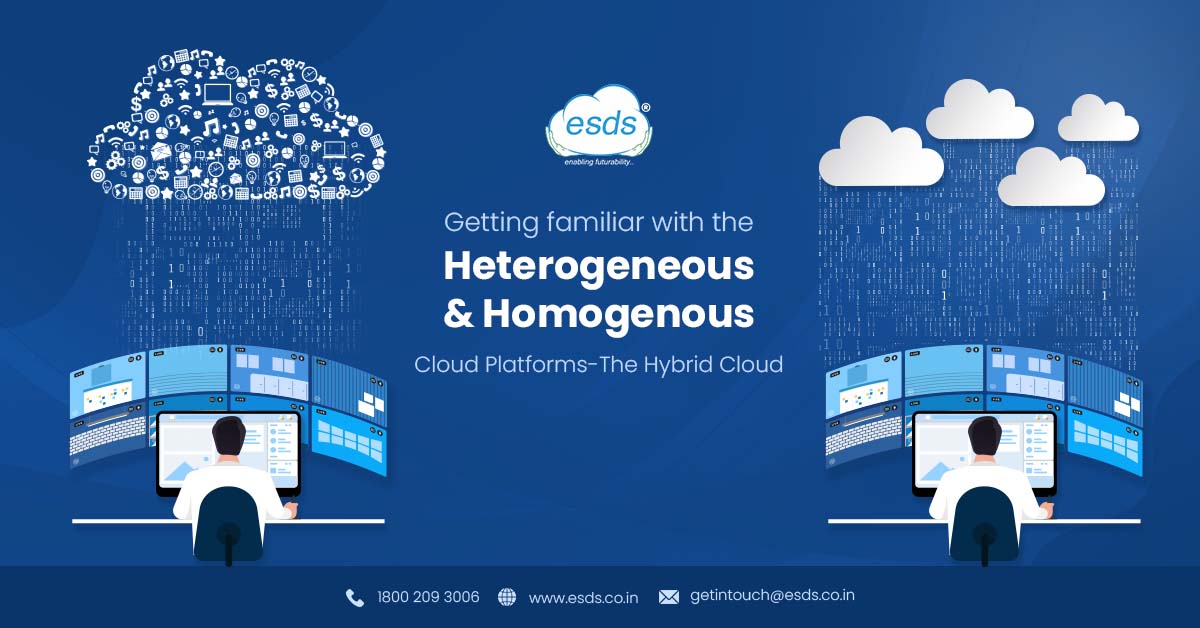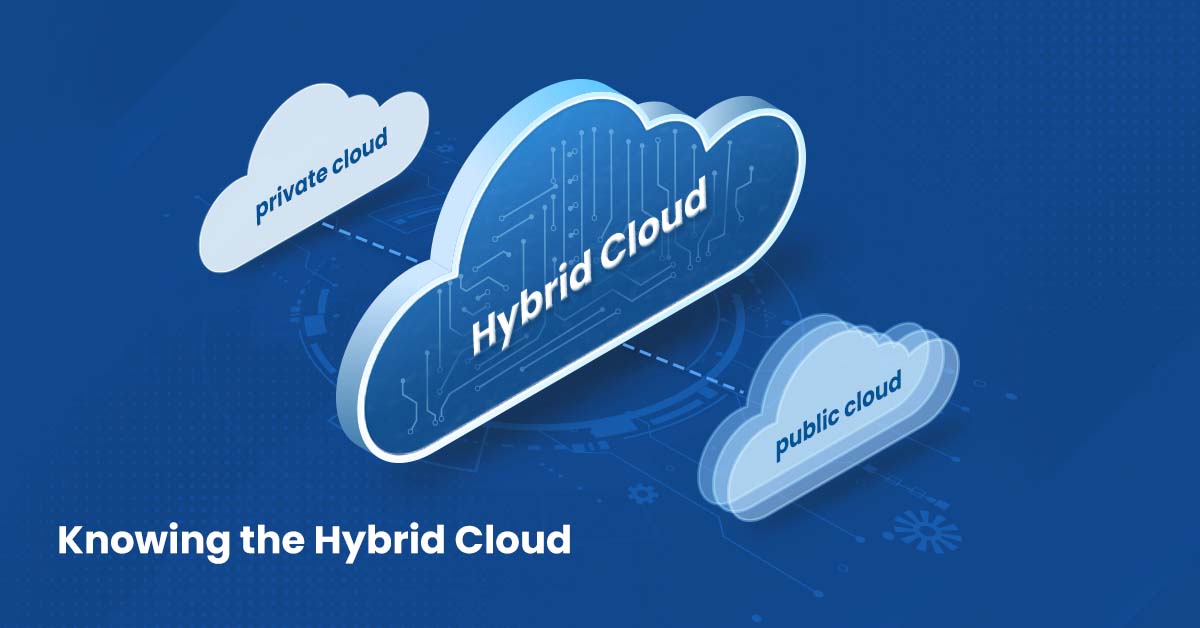Many organizations, from SMBs to banking sectors to government organizations, are shifting toward a cloud-first policy. In this case, choosing the cloud deployment model and solution starts with knowing the requirements of your organization. A lot of decision-making is included while learning the cloud strategy that would fit well with your organization’s essentials.

Most organizations opt for a combination of private and public cloud, a hybrid cloud structure.
Getting a hybrid cloud again involves selecting from the heterogeneous and homogenous structures.
Let us dive deep into the Hybrid Cloud deployment model.
The Hybrid Cloud

A hybrid cloud environment combines on-premises infrastructure, private cloud services, and a public cloud, with orchestration across the various platforms. You have a hybrid cloud infrastructure if you use a combination of public clouds, on-premises computing, and private clouds in your data center.
Simply put, a hybrid cloud is one in which applications run in multiple environments simultaneously. Because almost no one today relies solely on the public, private, or on-premise, hybrid cloud computing approaches are becoming increasingly popular.
Over the last few decades, many organizations have invested millions of dollars and hours in on-premises infrastructure. Combining a public and private cloud environment, such as an on-premises data center, and a public cloud-computing environment, such as ESDS Cloud, is the most common hybrid cloud example.
As discussed, a hybrid cloud comes in a homogenous and heterogeneous structure, and another choice must be, selecting a heterogeneous or homogeneous structure.

No comments:
Post a Comment